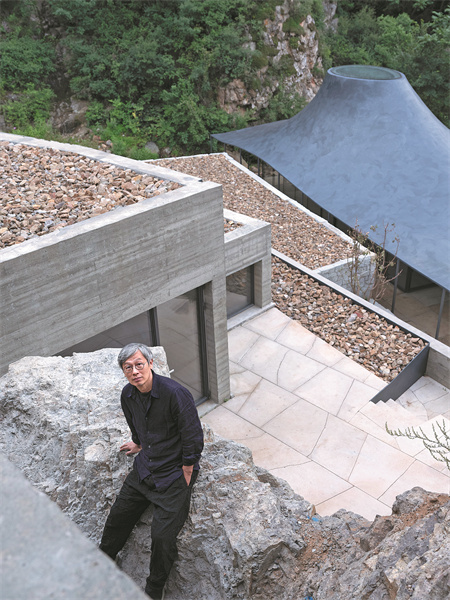

Exploration, synthesis
Liu regards each architectural venture he participates in as an opportunity to explore the essence of things. His works seek to integrate the disparate elements of landscape, humanity and functionality.
"I am an architect based in the Eastern world, and it's natural for me to have my own cultural considerations when designing architecture in this kind of environment," he says.
Those cultural reflections are derived from historical traditions, and are closely related to customs and artistic conceptions that date back to ancient times.
He provides the example of poetry from the Tang and Song (960-1279) dynasties, which he sees as a unique feature of Chinese culture, and which "can be expressed through the language of architecture".
Looking back at the long process of designing the Shangyuan, Liu says he feels grateful that he had enough time to work on the project.
In the past six years, he spent time observing the sunrise and sunset in the mountains, learning about the trajectory of the sun and how it slides down the valley and through the building, and watching how seasonal changes were marked by rain, gales and snow.
In fact, a flood in 2021 around the proposed area of the rest house pushed Liu to redesign the building's drainage system based on the direction of the water flow.
"The previous design couldn't handle the rainwater that seeped down from all sides and flowed out through the valley," he recalls, adding that many such moments helped the building take shape.
Positive public feedback has strengthened Liu's belief that scenic buildings play an important role in strengthening the relationship between man and the natural environment.
"They can curate what people see, allowing them to achieve an appreciation for art and nature, as well as a sense of oneness," Liu says.